The Ultimate Biology Reviewer
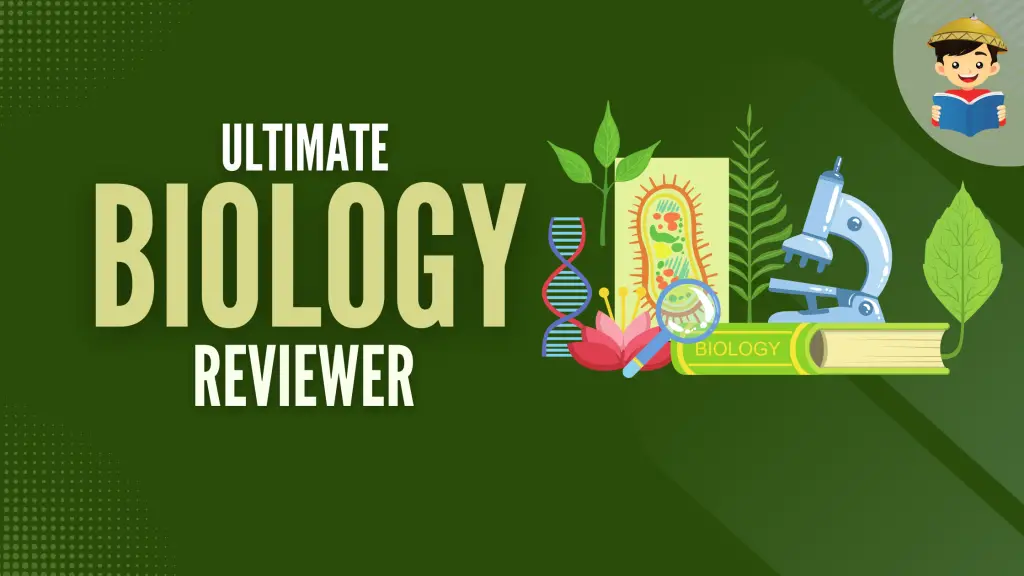
Biology is the scientific study of life. From the smallest unicellular organism to the complex interactions between living beings and our planet.
Traditionally, Biology has been split into two main fields of study: Zoology, or the study of animals, and Botany, the study of plants. However, developments in science also update our understanding of things and Biology has become an overarching field.
To better understand its essence, we must put into our minds that “everything is connected to everything else.”
In this reviewer, we will be delving back into different concepts in the science of Biology. We will look into what properties are shared by the living, the different processes that occur to maintain life, and the different knowledge we have accumulated in our pursuit of understanding life.
Click below to go to the main reviewers:
Table of Contents
- 1. Properties of Life
- 2. Biomolecules
- 3. The Cell
- 4. Cellular Metabolism
- 5. The Central Dogma of Biology
- 6. Biological Diversity
- 7. The Theory of Evolution
- 8. Genetics: The Study of Inheritance
- 9. Animals: Form and Functions
- 10. Plants: Form and Functions
- 11. The Principles of Ecology
1. Properties of Life
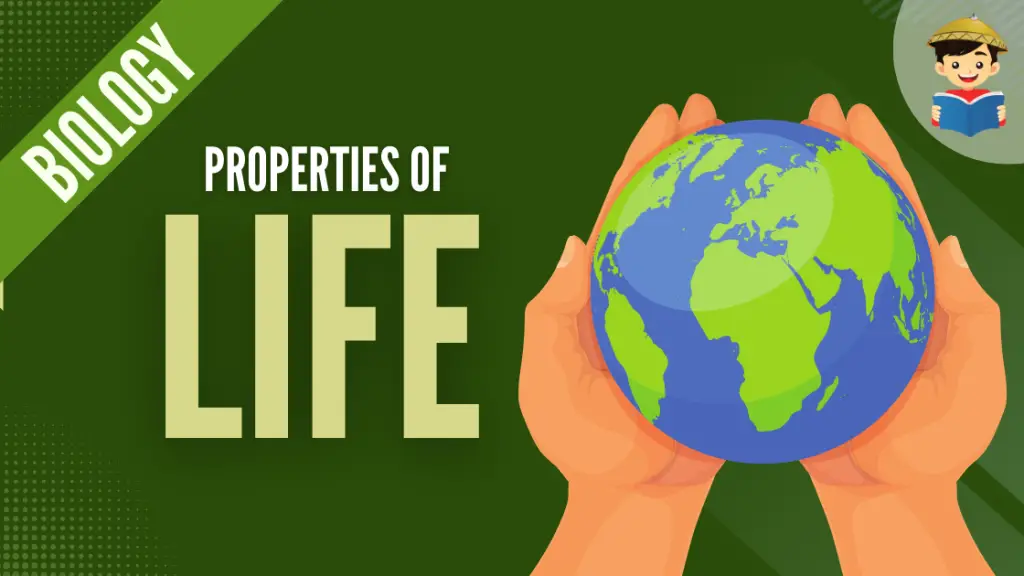
It is human nature to be curious about the things around us, more so with regard to our understanding of life. And so, this begs the question: “What is life?” In this topic, we will familiarize ourselves with unifying characteristics that describe what makes a being alive. Click here to go to the article.
Topics:
- Order or Organization
- Reproduction
- Growth and Development
- Irritability
- Metabolism
- Homeostasis
- Evolutionary Adaptation
2. Biomolecules

Living beings are composed of matter manifesting in the form of atoms, molecules, and compounds. One must wonder how these things which are invisible to the naked eye hold great sway over the complexity that is life. In this review, we will help you refresh your memory of the biomolecules–carbohydrates, lipids, proteins, and nucleic acids–that are considered building blocks of life. Click here to go to the article.
Topics:
- Carbohydrates
- Lipids
- Proteins
- Nucleic Acids
3. The Cell
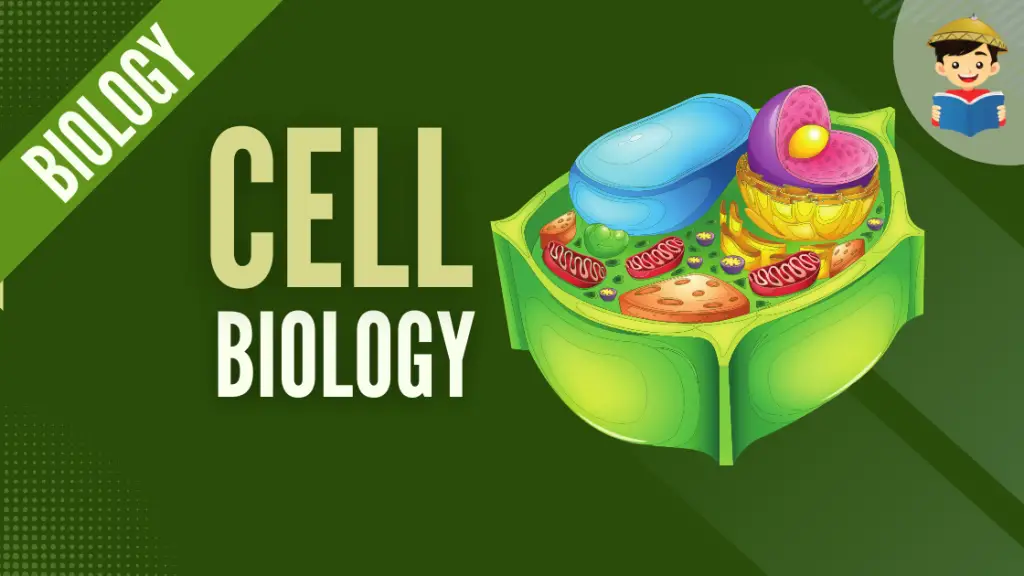
Ever viewed things with a magnifying glass? Ever wondered if you could look a bit closer? Every living being is composed of tiny structures called cells and, in this topic, we will learn about its structure, components, and different but important processes that occur in these microscopic objects. Click here to go to the article.
Topics:
- Cell Theory
- Anatomy of the Cell
- Prokaryotes
- Eukaryotes
- Animal and Plant Cells
- Cell Surfaces
- Cell Transport Mechanisms
- Reproduction in Cells
4. Cellular Metabolism
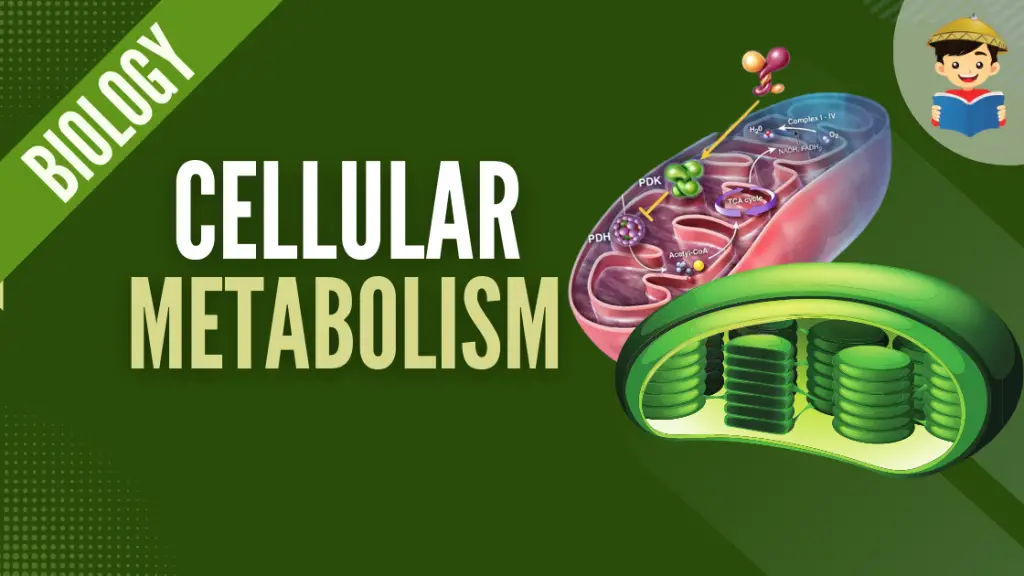
How does the food we eat become energy? Why are plants so important? In this topic, we will learn how cells are able to take substances from their environment and transform them into energy to fuel their bodies. Click here to go to the article.
Topics:
- Cellular Respiration
- Photosynthesis
5. The Central Dogma of Biology

How did our physical features come about? What tells our body to repair that wound? To examine things further, we will dive into how cells are able to send messages to where they need to be and understand the mechanisms that facilitate them. Click here to go to the article.
Topics:
- DNA Replication
- Gene Expression
- Mutations
- Genetics of Viruses and Bacteria
6. Biological Diversity

What makes a human and an ape the same? What makes them different? With the help of this article, you’ll become more aware of how biologists organize, classify, and relate different living beings. Click here to go to the article.
Topics:
- Taxonomy and Binomial Nomenclature
- Hierarchies of Classification
- Prokaryotic Domains (Archaea and Bacteria)
- Eukaryotic Domains (Protists, Fungi, Plants, and Animals)
- Species Concepts
7. The Theory of Evolution
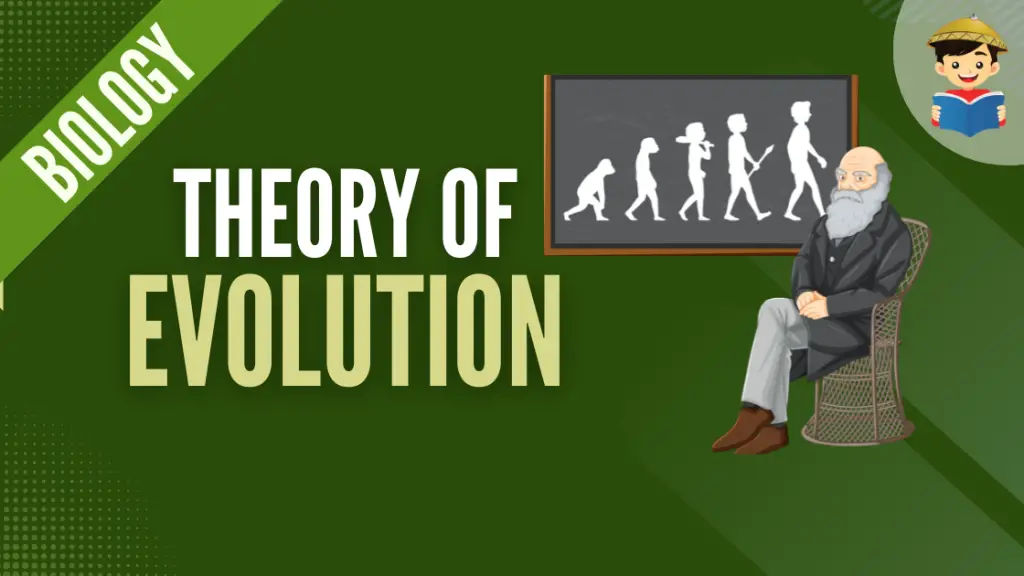
“Back in our days,” commonly said by old folks to the young. But what if we look back even further? What if we look way ahead? Did we really come from monkeys? Things change over time, and in the context of Biology, changes in living beings over a prolonged scale are described by the theory of evolution. Click here to go to the article.
Topics:
- Natural Selection
- Evidence for Evolution
- Evolution of Populations
- Misconceptions on Evolution
- Mechanisms of Microevolution
- Sexual Selection
8. Genetics: The Study of Inheritance

Do you look like your Mom? Or do you look more like your Dad? Have people told you that you’ve gotten features from relatives who have long come to pass? Genetics delves into how different features and characteristics are passed down through generations. Click here to go to the article.
Topics:
- Mendelian Genetics
- Genetic Disorders
- Non-Mendelian Genetics
- Chromosomes and Inheritance
9. Animals: Form and Functions
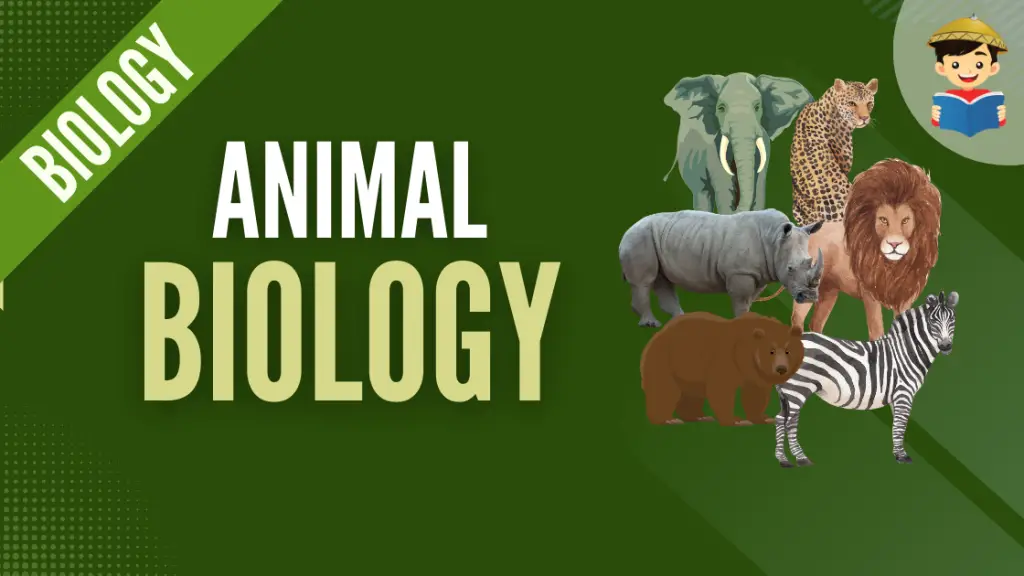
“Look! Up in the sky! It’s a bird!…” You know how the rest of the quote goes. In this portion, we’ll look back into the different concepts related to animal activity. We will also take a closer look at human anatomy and physiology. Click here to go to the article.
Topics:
- Animal Tissues
- Organs and Organ Systems
- Integumentary System
- Digestive System
- Respiratory System
- Circulatory System
- Immune System
- Lymphatic System
- Urinary System
- Endocrine System
- Reproductive System
- Embryonic Development
- Nervous System
- Muscular and Skeletal Systems
10. Plants: Form and Functions

“It’s a vegetable!” said the gardener and nutritionist. “But I’m telling you, it’s a fruit!” refuted the botanist, pointing at a tomato. Plants come in all shapes and sizes, and this article will help you understand different concepts related to plant activity. Click here to go to the article.
Topics:
- Major Groups of Angiosperms
- Plant Organs
- Plant Tissue Systems
- Plant Cell Types
- Plant Growth
- Reproduction in Flowering Plants
- Plant Nutrition and Transport
- Plant Nutrients
- Plant Hormones
- Plant Responses
11. The Principles of Ecology
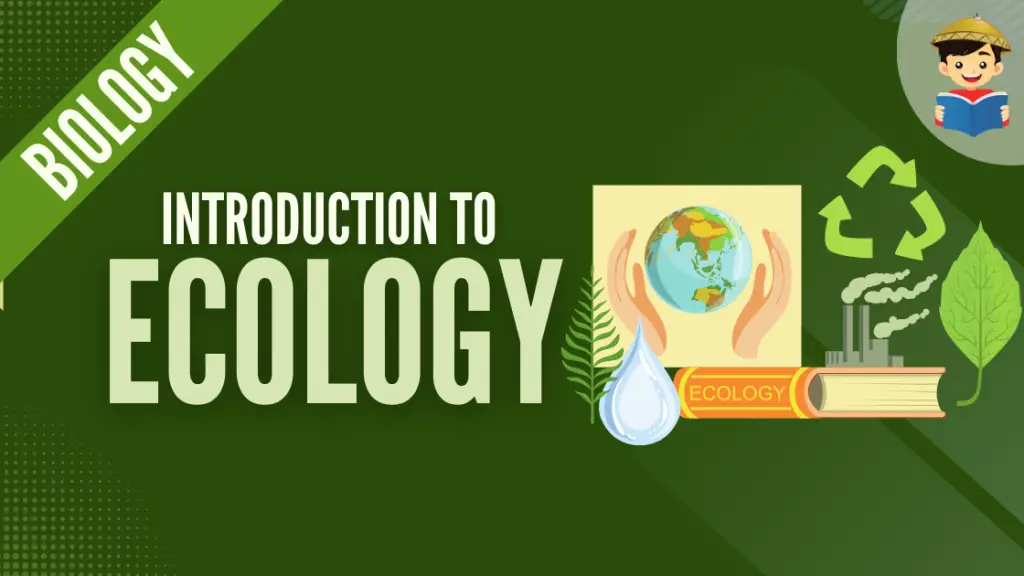
“Cooperation for mutual benefit, a survival strategy very common in natural systems, is one that humanity needs to emulate,” said the father of modern ecology. In this topic, we will look back at how living beings interact with each other and their environment; how the environment shapes populations of living beings; and the problems being faced by our environment. Click here to go to the article.
Topics:
- Abiotic Factors
- Climate
- Biomes
- Concepts of Population Ecology
- Community Structure and Dynamics
- Ecological Succession
- Ecosystem Structure and Dynamics
- Biogeochemical Cycles
- Conservation Biology and Restoration Ecology
Written by Earl Jeroh Bacabac
in College Entrance Exam, LET, NMAT, Reviewers, UPCAT
Earl Jeroh Bacabac
Earl’s love for the sea fueled his goal to become a marine biologist. He obtained his Bachelor’s Degree in Biology from the University of the Philippines Visayas while also being a DOST scholar. His passion for the marine environment is rivaled by his diverse interests in music, the arts, and video games.
Copyright Notice
All materials contained on this site are protected by the Republic of the Philippines copyright law and may not be reproduced, distributed, transmitted, displayed, published, or broadcast without the prior written permission of filipiknow.net or in the case of third party materials, the owner of that content. You may not alter or remove any trademark, copyright, or other notice from copies of the content. Be warned that we have already reported and helped terminate several websites and YouTube channels for blatantly stealing our content. If you wish to use filipiknow.net content for commercial purposes, such as for content syndication, etc., please contact us at legal(at)filipiknow(dot)net
